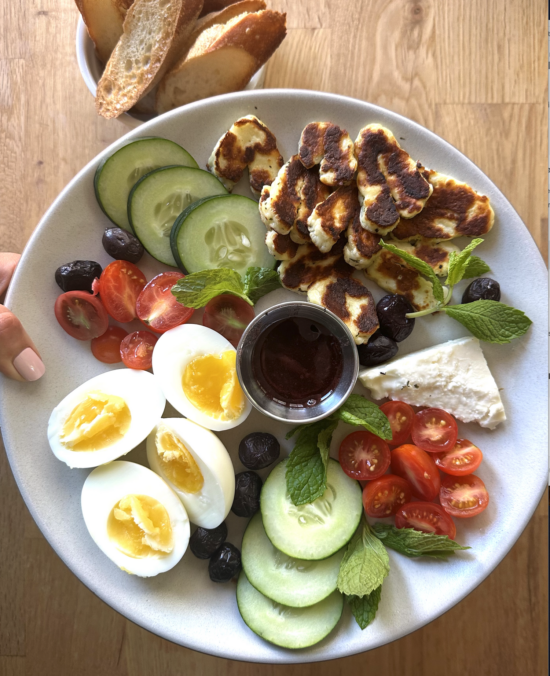WHY is gouda sweet?
Let’s talk about one of my students’ favorite questions.
WHY is gouda sweet?
Have you been curious, too? I bet. So was I. It’s a weird answer, so buckle up your seatbelts.
Gouda is sweet not because of those crystals you can find in it, but because of the way it’s made (pinky promise we’ll talk about s soon, though). There’s a crucial step in gouda making that makes it different from many other cheeses that makes it sweet. It’s called de-lactosing, or curd-washing, and it’s totally counterintuitive.
Making cheese is fermenting, firming, draining, and often aging, milk. To do that you add cultures (bacteria) to the milk. The bacteria eats the lactose (milk sugar), and coverts it to lactic acid. After you add the culture and the rennet enzyme that binds the milk into a firm curd, you cut the curds to capture the protein and butterfat, stir them in their whey until they firm, and then drain the whey (mainly milk water) to capture the solids.
Here’s the kicker.
Gouda is sweet because after you cut the curds, you delactose/wash/remove some of lactose from the vat as you stir the curds to firm them up. I know, I know. You’d think you’d want to keep the sugar in there for sweetness, yes? Nope. Any lactose that’s left in the milk or curd is just going to transform into acidity later. Ah, chemistry.
Instead of stirring the curds around in all that whey water after the curds are cut, with gouda, you pour out some of that whey, and replace it with warm water to “wash” the curds. For comparison, at the opposite of the spectrum you have cheddar. In cheddar you let lactose hang out much longer in the curd to encourage it to transform into lactic acid. That acid gives cheddar its tangy, sharp taste and the lack of it keeps gouda sweet!
Does cheese chemistry blow your mind or is it just me?



